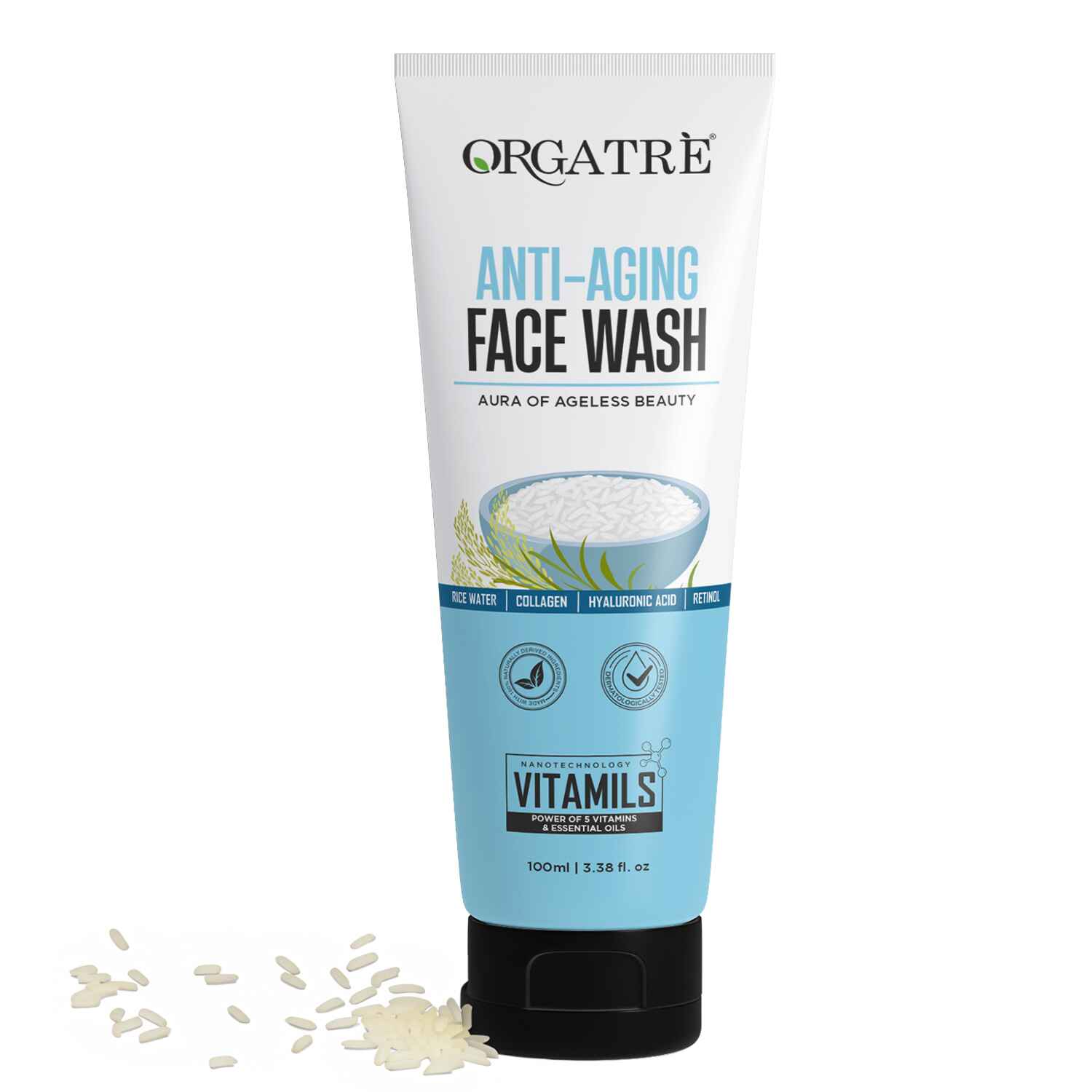Skincare Routines for Different Skin Types That Actually Work
Your skin tells your story long before your words do. It reflects your lifestyle, your health, your habits, and most importantly, your choices. One of the most crucial yet misunderstood choices? Skincare. Specifically, selecting the right skincare routines for different skin types.
It’s easy to get lost in the sea of serums, creams, and miracle potions trending on social media. But glowing, balanced skin isn’t about how many steps you follow or how expensive your products are. It’s about how well your routine is matched to your skin’s unique personality. Whether you’re navigating oil-slicked foreheads, desert-dry cheeks, or skin that flares up from a light breeze, building a skin type specific routine is the cornerstone of effective skincare.
Let’s explore what makes skin type specific routine so vital and how you can tailor your skincare regimen with intelligence, intent, and a touch of indulgence.
Why a Skin-Type-Specific Routine Matters
You wouldn’t wear winter boots to the beach, so why apply the same skincare to an oily T-zone and flaky cheeks? That’s the philosophy behind a skin type specific routine; each skin type requires tailored care. Oily, dry, combination, and sensitive skin all have different moisture levels, sensitivities, and cellular turnover rates. Using a one-size-fits-all approach can throw off the skin’s balance, leading to breakouts, dullness, or chronic irritation.
Your skin is dynamic. It reacts not just to the environment, but also to stress, diet, hormones, and even seasonal changes. When your skincare adapts accordingly, you’re giving your skin the tools to protect, renew, and glow naturally. What’s more, this level of customization enhances your results dramatically, especially when combined with the best skincare products by skin type.
In short, a targeted skincare routine is not just a luxury, it’s a strategy. It’s an act of listening, observing, and responding. Your skin’s needs are valid, and your skincare should be built around them.
Skincare Routine for Oily Skin
Oily skin gets a bad rap, but it actually has some perks, i.e. slower aging and plump skin texture. However, if left unmanaged, it can lead to enlarged pores, acne, and persistent shininess. A balanced oily skin routine works to reduce excess sebum without stripping away essential hydration.
Morning Routine: Set the Tone for Oil-Free Confidence
The morning oily skin routine should be light, refreshing, and focused on oil control. This is the time to prepare your skin for the day, minimize shine, and protect it from external aggressors.
Cleanser: Begin with a water-based or gel cleanser that contains salicylic acid or tea tree oil. These help clear out oil from your pores without being abrasive.
Toner: Apply a balancing toner enriched with niacinamide or witch hazel. This step tightens the pores and calms inflammation.
Moisturizer: Opt for an oil-free gel moisturizer with humectants like glycerin or hyaluronic acid. It hydrates your skin without weighing it down.
Sunscreen: Use a lightweight, gel or matte-finish SPF that doesn’t clog pores. Avoid heavy creams that can trigger more oil production.
A smart, minimalist morning routine makes all the difference in how oily skin behaves. Cleanse, tone, hydrate, and protect; it’s the mantra that makes glow possible without the grease. These above steps together help create a clean canvas for the day ahead, keeping oil production in check while still nurturing the skin.
Evening Routine: Detox, Repair, Rebalance
An evening oily skin routine is about reversing the day’s damage and recharging the skin overnight. While oil production slows down during sleep, it’s the perfect time to treat issues like acne, clogged pores, and textural concerns.
Double Cleanse: Begin with micellar water or a cleansing milk to remove impurities. Follow with your gel or foam cleanser to deep clean the pores.
Exfoliate: Two to three times a week, use a chemical exfoliant containing BHA (like salicylic acid) to unclog pores and promote cellular turnover.
Treatment Serum: Apply a lightweight serum with ingredients such as vitamin c, niacinamide, retinol (if tolerated), or zinc to control oil and improve skin tone.
Moisturizer: Seal in hydration with a non-comedogenic gel moisturizer. Aloe vera, green tea, or panthenol are excellent calming ingredients.
A well-planned nighttime routine doesn’t just manage oil, but also refines skin texture, minimizes pores, and boosts clarity. It allows oily skin to reset and rejuvenate while you rest.
Tailoring the Routine for Other Skin Types
While oily skin often dominates the skincare conversation; but dry skin care, sensitive skin care and combination skin care should also deserve equal attention. They have their own set of challenges and rewards when treated correctly. This section dives into smart routines curated to meet their needs.
Skincare Routine for Dry Skin
Dry skin can feel like a battlefield, it lacks natural oils and often has a compromised skin barrier. This makes it more susceptible to environmental stress and premature aging. Tightness, flakiness, and a dull tone often leave you reaching to the layer after layer of hydration. The good news is that dry skin tips respond beautifully to the right nourishment. Your skincare routine should revolve around hydration, repair, and locking in moisture.
Cleanser: Start with a gentle cream-based or oil cleanser that maintains the skin’s natural lipid barrier.
Toner: Use an alcohol-free hydrating toner with rose water, aloe vera, or glycerin.
Serum: Introduce a serum rich in hyaluronic acid, rice water, ceramides or peptides to plump the skin.
Moisturizer: Opt for a rich, emollient moisturizer with ceramides, shea butter, or squalane to restore moisture.
Weekly Mask: Once or twice a week, treat your skin with a deeply hydrating overnight mask.
Following these dry skin tips, for your skin to get the cushiony hydration it craves. The result is smoother texture, improved tone, and a dewy, youthful finish that doesn’t feel tight or irritated.
Skincare Routine for Combination Skin
Combination skin is the wildcard of skincare. It can be dry in some places, oily in others, and change based on weather or hormones. When dealing with combination skin care, the key is strategic regimen. You’re not looking to strip or overload, just to restore balance.
Cleanser: Choose a pH-balanced foaming cleanser that cleans the oily T-zone without drying out the cheeks.
Toner: Use a toner that lightly exfoliates but also soothes. Ingredients like rose water and green tea work wonders.
Multi-Masking: Apply a de tan mask to the oily areas and a hydrating mask to the dry parts once a week.
Serum: Use vitamin c for brightening and hyaluronic acid for hydration, applied selectively to zones.
Moisturizer: A gel-cream moisturizer can satisfy both dry and oily areas with ease.
The strength of this combination skin care routine lies in flexibility. Understanding the landscape of your face and treating each area with targeted care leads to harmony across the board.
Skincare Routine for Sensitive Skin
If your skin reacts at the drop of a hat, redness, itching, stinging, then you’re in sensitive territory. Sensitive skin has a compromised barrier, which means it lets irritants in and moisture out more easily. The aim here isn’t just care but protection and prevention. Your routine should calm inflammation and strengthen defenses.
Cleanser: Stick to a fragrance-free, creamy cleanser with vitamin c, cica, calendula, or oat extract.
Toner: Use a very mild, alcohol-free toner or skip it entirely if it causes reactions.
Serum: Go for calming serums with ingredients like panthenol, allantoin, or chamomile.
Moisturizer: Barrier-repairing creams with ceramides and squalane are perfect.
Minimal Exfoliation: Limit exfoliation to once every two weeks, and only with gentle PHAs or enzyme-based exfoliants.
A cautious but effective routine can help your sensitive skin care become more resilient over time. It’s about building a strong, quiet foundation that doesn’t overreact.
Bonus Tips for All Skin Types
Skincare is part-science, part self-care ritual. While your skincare routine should reflect your specific skin needs, certain best practices serve everyone well.
Patch Test New Products: Always test new products on your inner arm before applying them to your face.
Hydrate Inside and Out: Drinking water is as essential as using hydrating skincare.
Use Products in the Right Order: Cleanse, tone, treat, moisturize; this sequence allows each step to build on the last.
Adjust to Seasons: Your routine should be lighter in humid weather and richer in colder months.
Keep Your Tools Clean: Brushes, towels, and even pillowcases can affect your skin’s health if not cleaned regularly.
These universal rules ensure your personalized routine remains effective, hygienic, and sustainable. Think of them as the golden ground rules in your skincare journey.
Conclusion: Listen to Your Skin
Skincare is not a fixed recipe; it’s a living, breathing relationship between you and your body. The best results come when you tune in, observe, and adapt. Your skin communicates daily through texture, sensitivity, oiliness, or dryness and when you respond with care rather than control, it flourishes.
By embracing tailored skincare routines for different skin types, you’re not just putting products on your face. You’re acknowledging your skin’s individuality and providing it with what it truly needs. Whether it’s the brightening effect of the best skincare products by skin type, or simply the discipline of a daily ritual, glowing skin starts with conscious choices.
So listen, adjust, and be patient. Your skin is on your side. All it wants is to be understood.









